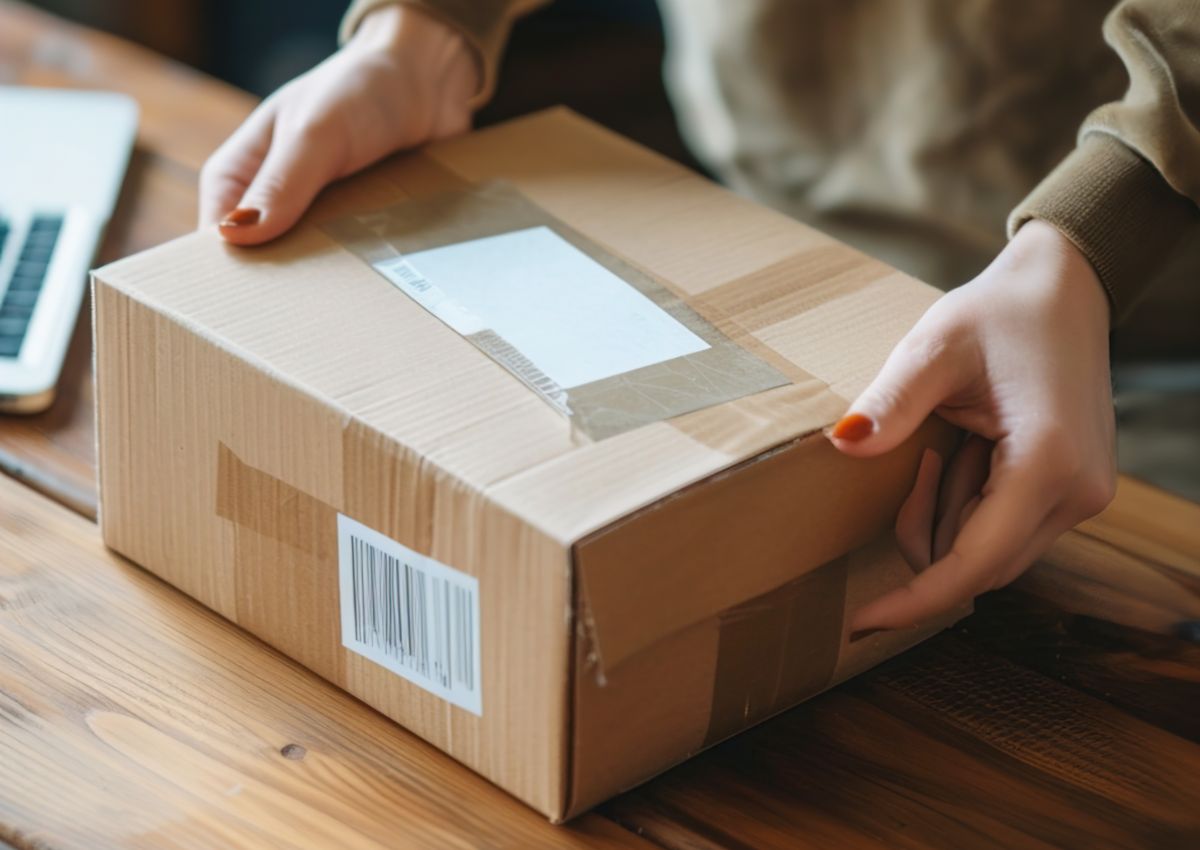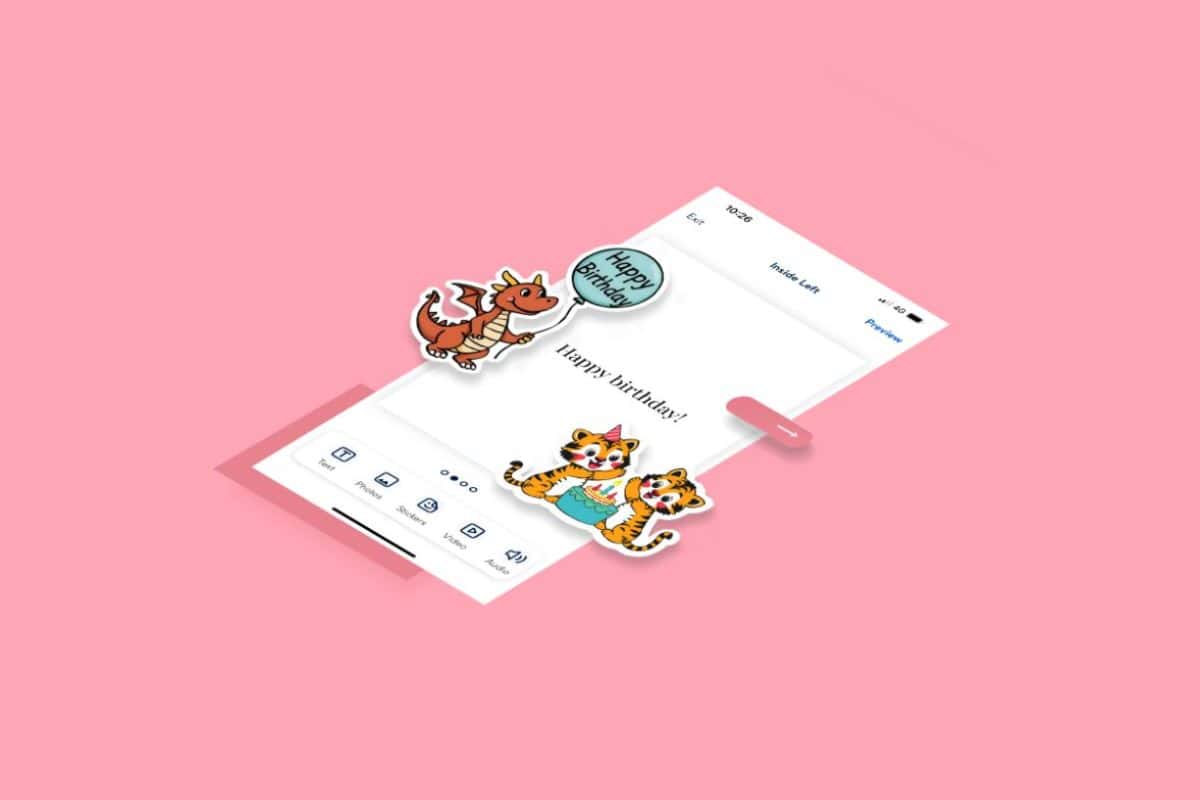GERMANY
Despite being Europe’s largest ecommerce market – with more than 35 million online shoppers according to the IMRG report – it is not a straightforward market and its peculiarities can often trip up retailers who think it’s the easiest first choice for European expansion. Its payment practises are the biggest peculiarity of the market since the country relies on a system of open invoice where customers can order and receive goods but not have to pay for them until after receipt – a huge difference to how UK retailers are used to operating and one that for fashion at least can result in up to 70% of goods being returned, according to the IMRG report . As well as being an extra physical burden for the retailer there is also increased cost too since both German law and culture dictate that it is the retailer and not the customer who pays for such returns. Language is also an issue since national legislation requires that certain information is available on the landing page of the retailer’s website in German. A commonly used legal practise of the issuing of an Abmahnung (a German term for a written warning which is often accompanied by an invoice for costs and damages) can also catch retailers unawares.
FRANCE
France also offers huge opportunities for retailers expanding into the EU but again has its own challenges that make the idea of harmonisation of cross-border retailing more of a desire than a reality. Although a less peculiar market for payment differences than Germany, payment methods do still differ from what many retailers are used to with alternative methods such as cash on delivery also popular. Roper says one of the biggest stumbling blocks for retailers can be France’s different approach to Sales since although in the UK retailers are used to Boxing Day being one of the biggest sales days of the year in France it is illegal to hold a Sale on Boxing Day and retailers must instead apply for Government permission to go on Sale – a practise alien to Sale happy retailers in the UK.




